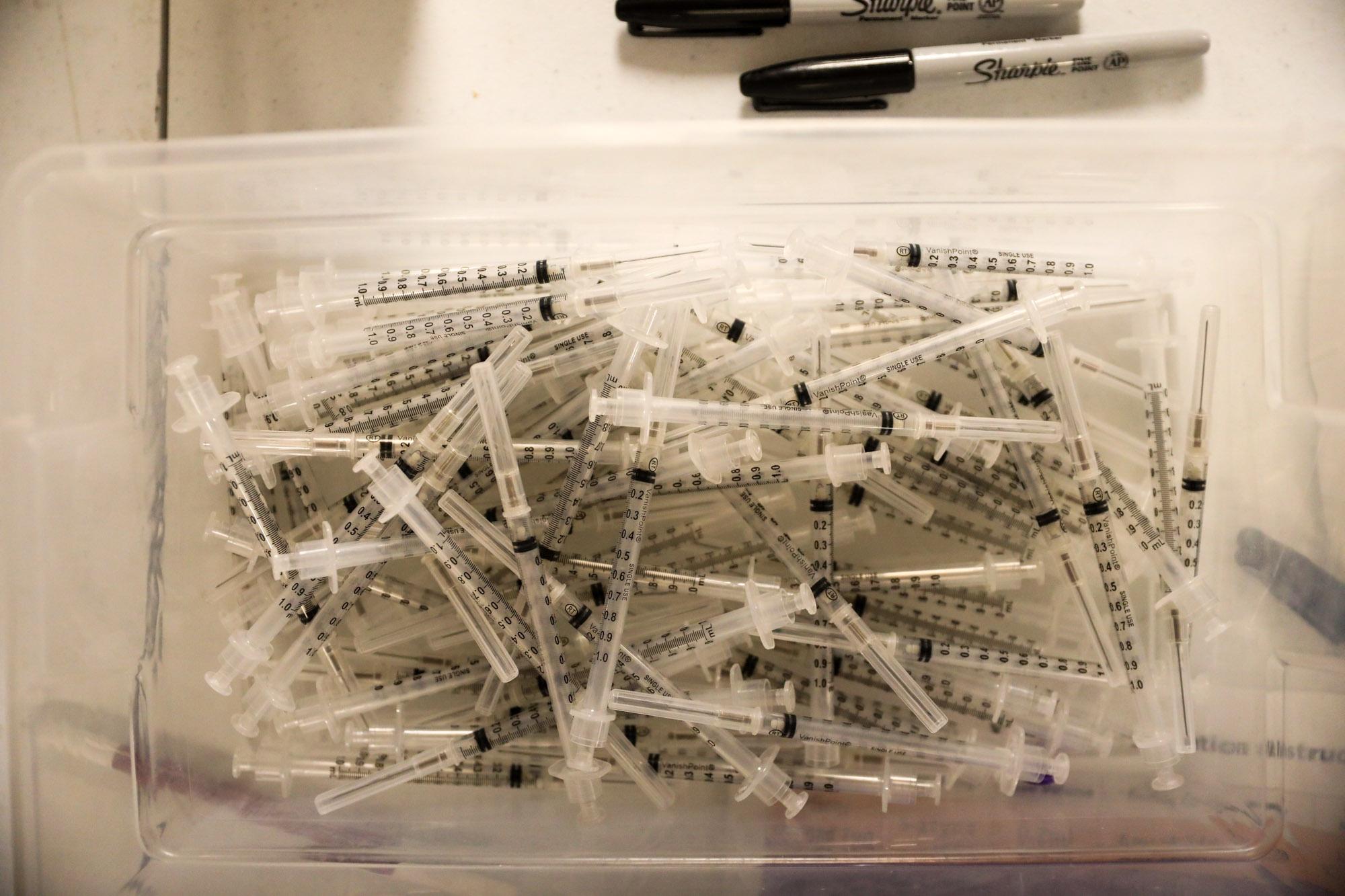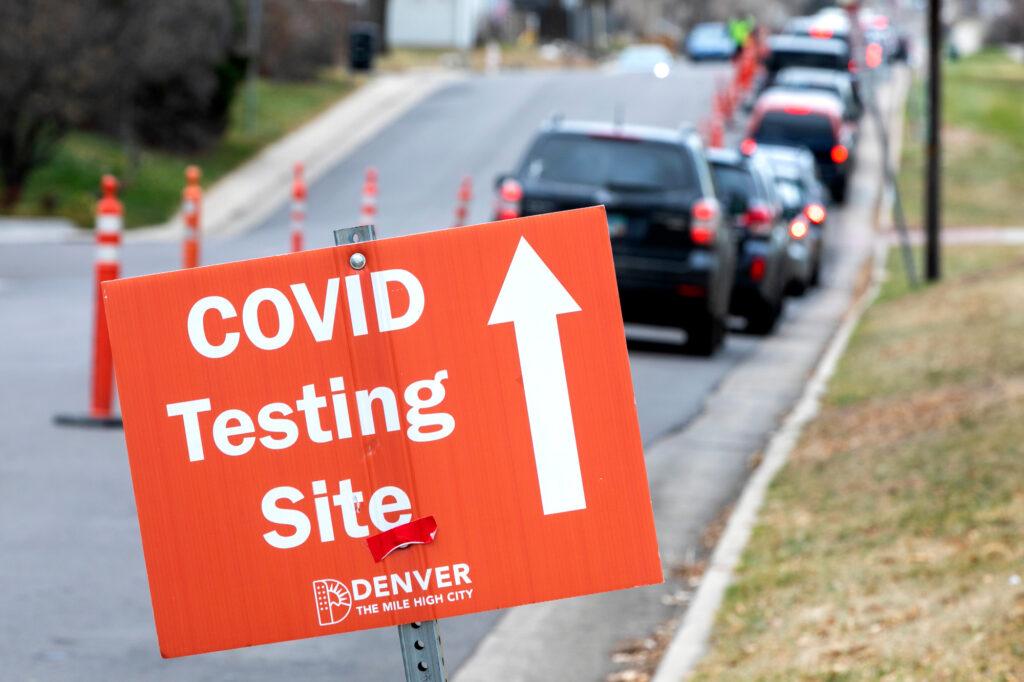
COVID-19 hospitalizations remain high, but the number is below the peak of this fall's surge.
Colorado recorded 1,379 patients hospitalized with confirmed cases Monday. That's down about 200 from the peak of the most recent surge just before Thanksgiving. That's five times more than in mid-summer. On Nov. 23, the state’s hospitals reported 1,576 confirmed coronavirus cases, the highest figure recorded since last December.
“I think that we're still seeing, every day, a significant number of admissions,” said Dr. Abbey Lara, a pulmonary critical care physician at UCHealth in Aurora.
She said the hospital now has two surge teams dealing with COVID-19 patients.
“I think time will only tell if that dip becomes a decrease or a decline overall,” Lara said.
Of those currently hospitalized with confirmed coronavirus cases, 82 percent are unvaccinated.
More than half of hospitals say they anticipate staff shortages in the next week, and more than a third expect ICU bed shortages.
One key metric of transmission seems to be improving. The seven-day positivity rate is 8.62 percent, after being above 9 percent for a month. That’s still well above the 5 percent threshold public health officials say indicates trouble.
The trends are unfolding two weeks after public health officials in several metro counties reinstated a public indoor mask mandate, despite some residents’ outcries.
When asked if the metro-area mask mandate is having an impact, Dr. John Douglas, who directs the Tri-County Health Department said the “fairest thing to say is that it's too early to tell.”

Last week, Douglas, via email, made note of estimates of mask usage assessed by a national county-specific survey through Facebook, analyzed by Carnegie-Mellon University. They showed increases in self-described regular mask usage in public places across the metro counties. He said those mask-wearing rates have increased by 12 percent in Adams County and 21 percent in Arapahoe County.
Data on testing, case rates and hospitalization rates can be impacted by a long holiday like Thanksgiving, by things like delayed testing, treatment and reporting, he said, “so I think it's prudent to wait another few days before we begin to draw tentative conclusions.”
Douglas said a range of prevention measures will still be needed with the introduction of the new omicron variant and hoped that would encourage greater compliance with the mask order as well as improved vaccination.
Despite calls from hospitals, doctor and nurses groups and public health officials for a statewide mask mandate, Gov. Jared Polis has chosen not to take that step.
Other statewide data is giving a clear sign of just how devastating this fall’s wave has been. For four consecutive weeks, more than 200 people among COVID-19 cases died each week, with a peak of 253 coming the week of Nov. 7. Those numbers are below last year’s brutal fall surge, when at least 400 coronavirus patients died for three straight weeks in a row in November and December.
The latest numbers come after the state saw transmission, cases, hospitalizations and deaths climb for weeks this fall.
On Nov. 3, Colorado hospitals and health systems took the extraordinary step of activating the state’s patient transfer system to its highest level — a sign the state's hospitals are at risk of being overwhelmed. They moved to the Tier 3 operation of the Combined Hospital Transfer Center (CHTC), the highest level available, to manage patient transfers on a statewide level.
Then on Nov. 9, the state’s chief medical officer, Dr. Eric France, initiated the Crisis Standards of Care for staffing. It’s another key emergency measure aimed at coping with the crisis by giving hospitals more leeway in making staffing adjustments.
Last week, the state's top pandemic response committee amended the state’s hospital crisis standards of care plan. The changes spelled out how a hospital can and should handle times when the sheer number of patients, and the severity of care they need, outstrip available resources.








